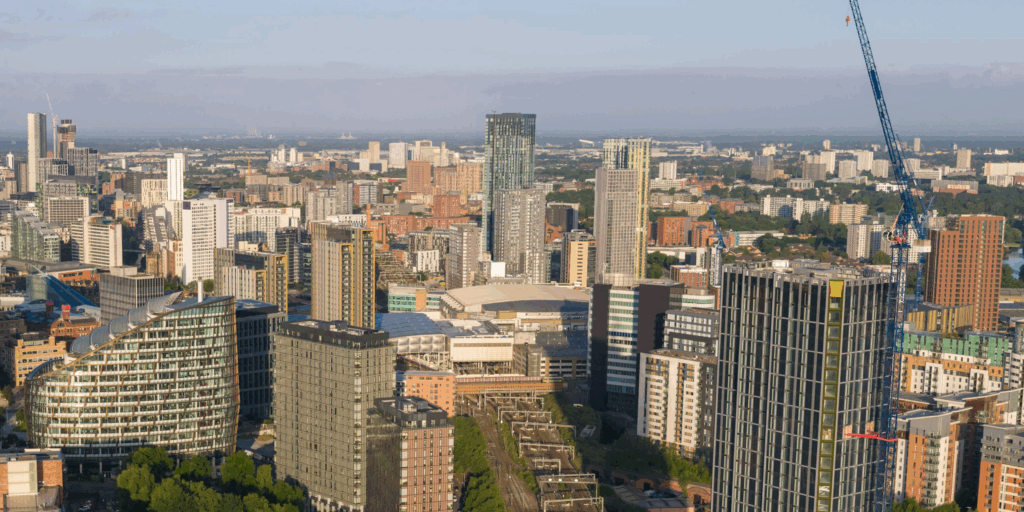
MHCLG takes control of the Building Safety Regulator
The Ministry of Housing, Communities and Local Government (MHCLG) has announced significant changes to the Building Safety Regulator (BSR), with the regulator moving from the Health and Safety Executive (HSE) to direct government control.
Aiming to address delays in the building safety approval process, this restructuring looks to streamline the process through the implementation of a fast-track process, supporting government’s target of delivering 1.5 million new homes.
New leadership
Andy Roe, former Commissioner of London Fire Brigade, has been appointed as non-executive chair of a new board that will be taking on the BSR’s functions. The current deputy commissioner at London Fire Brigade, Charlie Pugsley, will serve also as the Chief Executive Officer of this newly restructured BSR.
This new internal organisation fulfils a key recommendation from the Grenfell Tower Inquiry, moving the UK towards a single construction regulator.
Tackling mounting delays
After significant delays in the building safety approval process – with industry data suggesting that only approximately 10% of gateway 2 applications for new builds have received approval – and a substantial backlog, a new fast-track process is being introduced by MHCLG.
This fast-track process brings additional building inspector and engineer capacity to the BSR, aiming to speed up actions for both new-build applications and remediation decisions.
The new process aims to tackle the ever-growing backlog and allow for significant progress to be made whilst rigorous safety standards, established following the Grenfell tragedy, are upheld.
What this means for HETAS registrants
The planned reduction of project delays and faster processing capabilities, thanks to an additional 100+ staff employed by the BSR, will enable more streamlined approval processes for those working on higher-risk buildings.
Safety and compliance requirements will remain the same – and stringent requirements will continue to be in place. The restructuring and investment into additional staff aims to increase efficiency whilst maintaining the highest standards, and the core of the reform is to keep safety and compliance as a priority.
Wider context
The transition from HSE to MHCLG control will be implemented gradually, with the new board initially operating in a shadow capacity until the formal establishment of the executive agency is complete.
These reforms are part of the government’s broader Plan for Change to deliver 1.5 million safe, high-quality homes. The changes build on the foundation created by the HSE in establishing the BSR, which has played a pivotal role in raising safety standards across the construction sector since the Grenfell Tower disaster.
These developments and any potential impacts to solid fuel and biomass installations in higher-risk buildings will be monitored, and we will continue to update our registrants by keeping you informed on any regulatory changes – supporting you to continue upholding the highest standards of safety and compliance.
By ensuring all HETAS registrants are kept up to date, our training continues to enable registrants to complete work to the highest standards, feeding into the BSR’s competency and training frameworks. The importance of continued professional development is highlighted through our industry-leading training courses, ensuring excellence and compliance across the solid fuel and biomass sector.
For the latest news on domestic combustion, government policy, and much more, visit our latest news pages or follow us on social.



